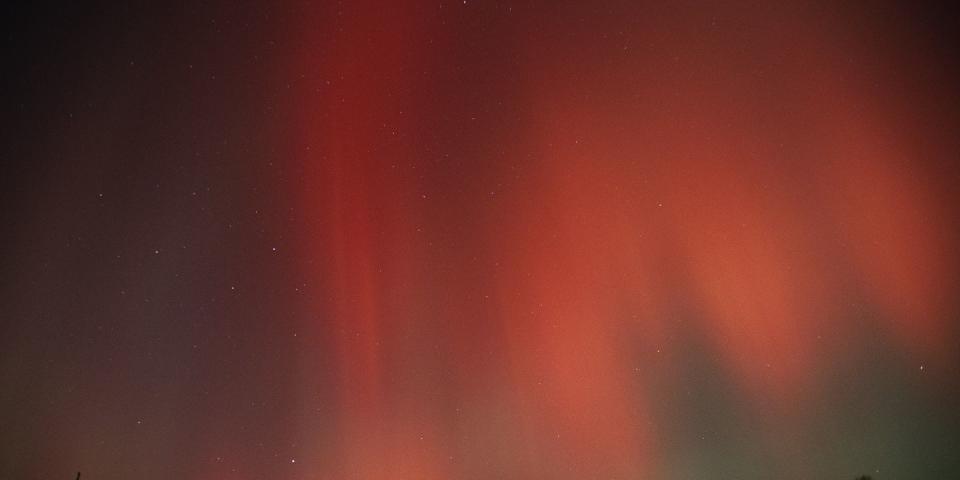The 1,400-Year-Old Red Aurora Mystery Has Finally Been Solved

A team of Japanese researchers have solved a more than 1,400-year-old scientific mystery.
In 620 A.D., Japanese historians recorded streams of red light in the night sky.
After more than a millennium's worth of debate, the team confirmed that the streaks of red were likely a rare red aurorae.
1,400 years ago, Japanese historians noted the presence of a "red sign," a fan of scarlet light which was cast across the sky. At the time, witnesses remarked that the bright red curls of light resembled the tail feathers of a pheasant.
"It is the oldest Japanese astronomical record of a 'red sign,'" said Ryuho Kataoka, a researcher with the National Institute of Polar Research and the Graduate University for Advanced Studies in Sokendai, Japan, said in a statement. "It could be a red aurora produced during magnetic storms. However, convincing reasons have not been provided, although the description has been very famous among Japanese people for a long time."
After ruling out a comet as the cause of the phenomenon, Katoaka and his team conducted a series of tests to decipher whether or not an aurora could have caused the phenomenon. The team published the results of this thousand-year-long hunt March 31 in the Sokendai Review of Culture and Social Studies.
Aurorae form when charged particles from the sun interact with Earth's magnetic field and zap the electrons of different atoms in the atmosphere. Different color aurorae form based on the composition of the excited atoms. Oxygen is responsible for the green aurorae and nitrogen for the blue and, occasionally, red or purple aurorae.
Japan currently rests at the magnetic latitude 25 degrees. Aurorae aren't likely to form this far from the arctic. Earth's magnetic North Pole has shifted over the years. At the time of the event, Japan rested at a magnetic latitude of 33 degrees, where aurorae could hypothetically form—especially in the event of a magnetic storm.
Finally, after over 1,400 years of debate, this mystery can be put to rest.
You Might Also Like

 Yahoo News
Yahoo News 